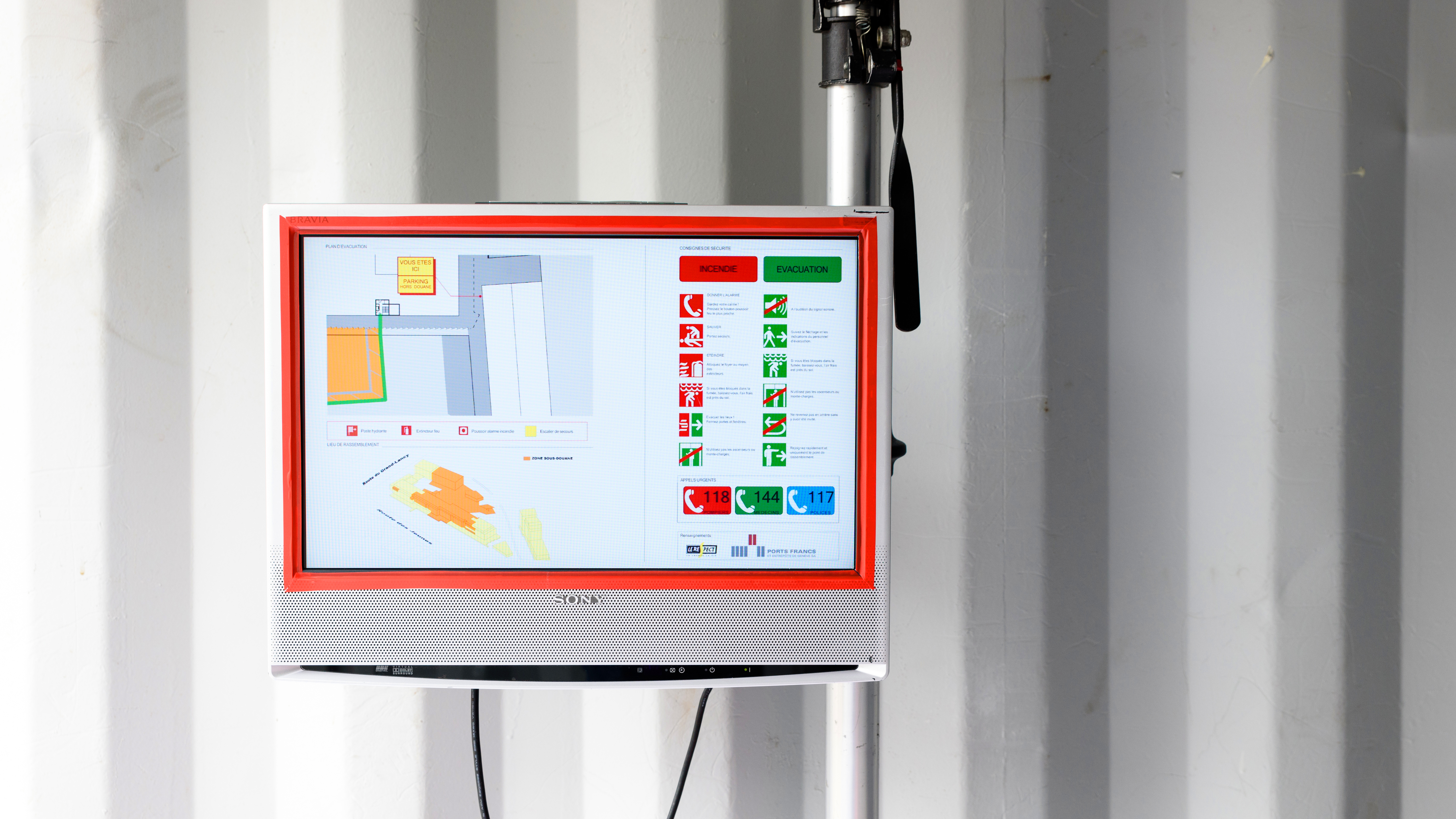Before the Free World
Before the Free World is a artistic research project on freeports and warehouses, more particularly on the freeports of Geneva, the city in which I was doing a master in fine arts in 2014-2015.A free port is a bonded zone under customs control to store goods in transit. The ‘free’ aspect of free ports refers to the suspension of customs duties and taxes until the moment the goods reach their final destination. Mostly free ports are found in border areas, harbors or airports, but in Geneva you can find one in a general industrial zone. The free ports and warehouses of Geneva have made media headlines, since it is increasingly used as a permanent home for investment goods such as heritage objects or artworks. (It is said to house more artworks than the Louvre in Paris.)
Freeports and Warehouses, an observatory
When reading about the global art market things are described as conceptual, obscure, ungraspable and anonymous. I wondered what the importance of place was in this debate, and decided to look very carefully to the functioning of the freeport in La Praille (Geneva). The website explaines that here millions of valuable art pieces are kept in boxes, so that they are safeguarded for transportation and "the velocity of the art market". I managed to rent a container and organise a site-specific installation. Interestingly I was actually reflecting on a phenomenon that intends to be as site-un-specific as possible. Therefore I made fluid furniture : a box that can be transformed into a bench, a closet, a pedestal, ... all elements useful for a pop-up exhibition. I also added a variation of the emergency map, to narrate about the physical features and historical evolutions of the place.
Freeports and Warehouses, a guided tour
By renting a container in the Swiss zone of the site, I had a reason to hang around. I became friends with the secretary, the handyman and the dog of the customs agent. I collected rumours and observed the activities taking place. I tell about them in this article, that is published in Vermeir&Heiremans’ InResidence Magazine on art and capitalism.︎︎︎
Bonded Free, an exhibition installation ︎︎︎






Before the free world sits a gatekeeper. To this gatekeeper comes a woman from the nation who asks to gain entry into the free world. But the gatekeeper says that he cannot grant her entry at the moment.The woman thinks about it and then asks if she will be allowed to come in later on. “It is possible,” says the gatekeeper, “but not now.”
At the moment the gate to the free world stands open, as always, and the gatekeeper walks to the side, so the woman bends over in order to see through the gate into the inside. When the gatekeeper notices that, he laughs and says: “If it tempts you so much, try it in spite of my prohibition. But take note: I am powerful. And I am only the most lowly gatekeeper. From room to room stand gatekeepers, each more powerful than the other. I can’t endure even one glimpse of the third.”
The gatekeeper gives her a stool and allows her to sit down at the side in front of the gate.There she sits for days ... and months. She makes many attempts to be let in, and she wears the gatekeeper out with her requests.The gatekeeper often interrogates her briefly, questioning her about her homeland and many other things, but they are indifferent questions, the kind great men put, and at the end he always tells her once more that he cannot let her inside yet.
A story, after Kafka, 1915
A spatial history
An appropriate piece of furniture